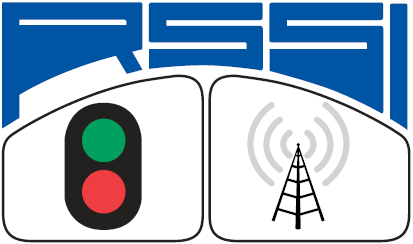

The 802.11 standard does not define any relationship between RSSI value and power level in milliwatts or decibels referenced to one milliwatt (dBm). There is no standardized relationship of any particular physical parameter to the RSSI reading. An Atheros-based card will return an RSSI value of 0 to 127 (0x7f) with 128 (0x80) indicating an invalid value. Another popular Wi-Fi chipset is made by Atheros. As an example, Cisco Systems cards have an RSSI maximum value of 100 and will report 101 different power levels, where the RSSI value is 0 to 100. The end-user will likely observe an RSSI value when measuring the signal strength of a wireless network through the use of a wireless network monitoring tool like Wireshark, Kismet or Inssider. Once the card is clear to send, a packet of information can be sent. RSSI can be used internally in a wireless networking card to determine when the amount of radio energy in the channel is below a certain threshold at which point the network card is clear to send (CTS). −100), the closer the value is to 0, the stronger the received signal has been. Thus, when an RSSI value is represented in a negative form (e.g. Therefore, the greater the RSSI value, the stronger the signal. RSSI is an indication of the power level being received by the receiving radio after the antenna and possible cable loss. In an IEEE 802.11 system, RSSI is the relative received signal strength in a wireless environment, in arbitrary units. It can also be sampled by an internal analog-to-digital converter (ADC) and the resulting values made available directly or via peripheral or internal processor bus. In zero-IF systems, it is derived in the baseband signal chain, before the baseband amplifier. RSSI is often derived in the intermediate frequency (IF) stage before the IF amplifier. However, because signal strength can vary greatly and affect functionality in wireless networking, IEEE 802.11 devices often make the measurement available to users. RSSI is usually invisible to a user of a receiving device. In telecommunications, received signal strength indicator or received signal strength indication ( RSSI) is a measurement of the power present in a received radio signal. Also shown: signal bars of 2 cellular networks, and signal bars of a Wi-Fi network. Signal strength of -74dBm (or 66 asu) displayed on a smartphone.


 0 kommentar(er)
0 kommentar(er)
